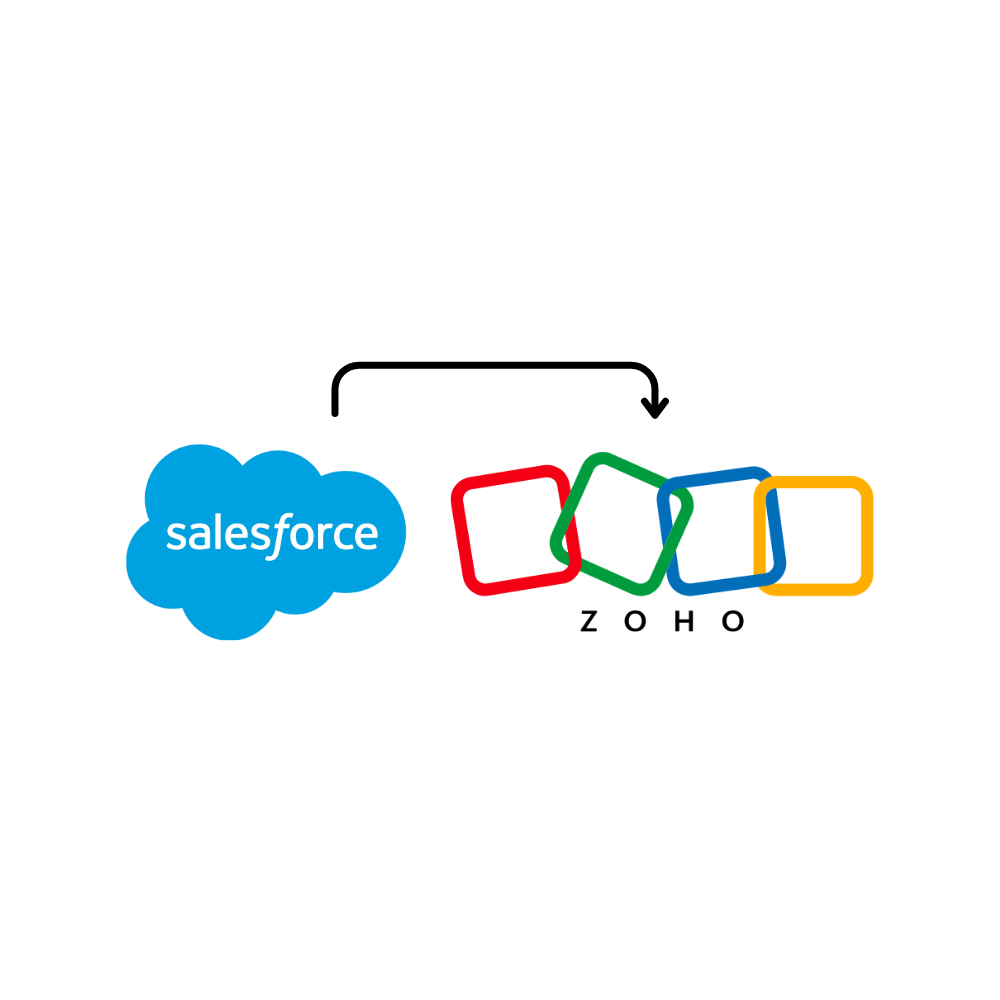August 2, 2023
Harish Narayanan, Senior Performance & Technology Advisor at NSI, gives you 5 Expert Tips on How to Migrate from Salesforce to Zoho CRM.
You don’t have to be a business owner to know that economic growth is slowing down in many countries. Businesses are always trying to find ways to cut down on expenses, and software is one area where businesses are constantly evaluating to reduce spending. For many Salesforce customers, Zoho has been a blessing in terms of reducing IT budgets. Obviously, the pricing of a CRM can vary based on your team size and required functionalities, but typically, a Salesforce customizable CRM license will cost your 150$ USD per user/month compared to 40$ USD per user/month for the complete Zoho CRM license. If you are looking to migrate from Salesforce to Zoho, here are 5 tips on how to prepare and migrate your data.
1. Review and finalize the list of Objects
Out of the box, Salesforce gives you so many unnecessary Objects that you either probably never used even once, or tried once and stopped using years ago. The first step in planning a Salesforce migration is to confirm the list of Objects that your sales teams have been using to manage their everyday operations. This can be the final list of Objects that you can migrate to Zoho. By doing this, you can ensure you don’t move over unwanted data.
2. Get rid of fields you don’t need
Open a random account, or contact in Salesforce, and you’ll see that there are many fields at the bottom without any data. Now check the whole database and you’ll see that there’s no data in said fields in any of the accounts or contacts. After you’ve finalized the Objects, the next thing to do is finalizing the fields that have to be migrated. You can do this by making a list of fields in each Object in the Object Manager and deciding if you want these fields in Zoho. This way, you are saving time by not having to create these in Zoho.
3. Prepare a clean-up plan for the data
Migrating from Salesforce to Zoho is the perfect opportunity for you to clean up your data. By clean up, we mean getting rid of data from a decade ago that you’ll never see, or use in Zoho. An example is Tasks logged in 2013, or 2014, or Contacts that were never contacted, or modified in 5 years. Talk to your team, decide on conditions for each Object, and avoid migrating data that you deem is obsolete. You are saving a lot of time by not having to prepare this unwanted data for data importation.
4. Make a list of all the automations in Salesforce
One of the most important reasons to use CRM software is to automate many parts of your sales processes. If you are migrating from Salesforce to Zoho, it is important to recreate some of the automation techniques in Zoho. Workflows can be recreated in Zoho CRM in the same way as they were in Salesforce, but some of the other automation techniques like Process Builder and Flow Builder have to be recreated with other automation techniques in Zoho. In the process of migrating to a more efficient system like Zoho, it is important that you remember to setup the automations before you complete the migration.
5. Setup Zoho CRM and get it ready for the migration
Finally, once you have a list of Objects, fields, and automation techniques ready, setup Zoho CRM with all this information before you migrate your data. Create the Objects, then fields, and then the automations. With the data that you cleaned up and prepared for the migration, import it into Zoho in the right sequence to get it to match with your database relational model.
Zoho CRM can be a game changer for sales teams in helping them close deals faster, and manage their accounts more efficiently. We hope this article helps you with your migration from Salesforce to Zoho. If you need help from an expert in managing this migration, and also improving your sales process, we are here to help. You can contact us here.

Discover the Zoho apps


